
First of all, in this article, we’ll demystify the many uses of glaze.
Available in many colors and formats:
Formats:
8 oz -16 oz – 32 oz -58 oz and 128 oz (gallon)
What is a glaze?
Long before varnish was invented and brought to market, glaze was the product used to protect furniture. So the only difference with varnish is that it dries a little more slowly than varnish.
Glazing is ideal for depicting shadows… Simply apply a thin layer of glaze over your paint.
By definition, a glaze is a layer of transparent or tinted paint that is superimposed over dry paint. Its purpose is to create a luminous effect that gives depth and subtle nuances. In fact, it should not cover the paint already applied, but only modify or sublimate the shade already present to give the work a special touch.
The different uses of glaze
Wood stain
The Chocolate Cake, White Cloud and Kitten Grey glazes are ready to use. They can also be used as a more or less opaque dye, depending on the number of coats applied. For example, if you want to see the wood grain, a single coat of tinted glaze will suffice.
Did you know that you can create your own dye? By mixing the clear glaze Translucent Window with your favorite Colorantic chalk paint color, you’ll obtain a stain, since the glaze makes the paint transparent. The recipe is very simple: mix 3/4 glaze to 1/4 paint.
Create a linear effect
Apply a coat of coloured glaze over your Colorantic paint. Simply wipe with a clean, dry cloth and you’ll see a linear effect.
Color layering technique
- Apply two coats of tinted glaze to the wood surface and wipe off any excess with a clean cloth.
- When completely dry, apply a coat of paint in the shade of your choice.
- Sand or wipe the desired areas with a damp cloth to bring out the glaze under the paint.
Painting fabric
- For the 1st coat, mix: 1 part paint, 1 part glaze and 1 part water, except for leather and vinyl (1 part paint, 1 part glaze).
- For the 2nd layer, reduce the amount of water according to the fabric’s absorption capacity. More water is needed for thicker fabrics and less for thinner ones.
Apply glitter
This technique is quite simple: simply mix the clear glaze Translucent Window with glitter. It’s up to you to decide on the glaze/glitter ratio according to the desired effect. The more glitter you add to the glaze, the more visible it will be.
Isn’t it fascinating how versatile this product is? All you have to do is apply these different techniques.
If you’re a beginner, we advise you to test some mouldings or pieces of wood before undertaking a major project.
So don’t hesitate!
Enjoy the project!
The Colorantic team
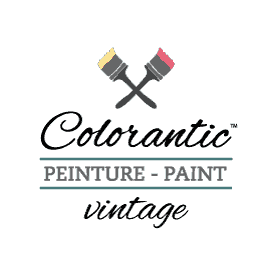

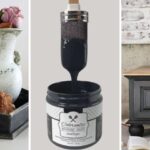

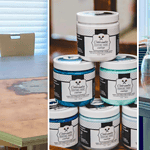
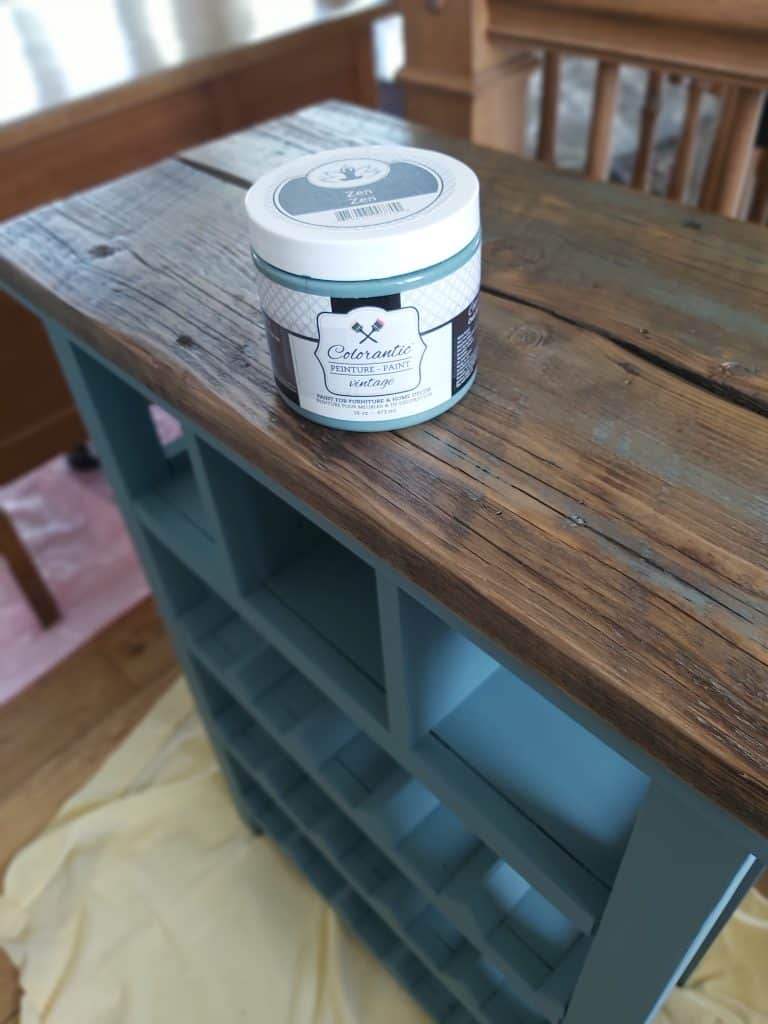
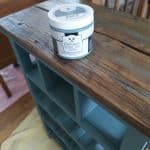
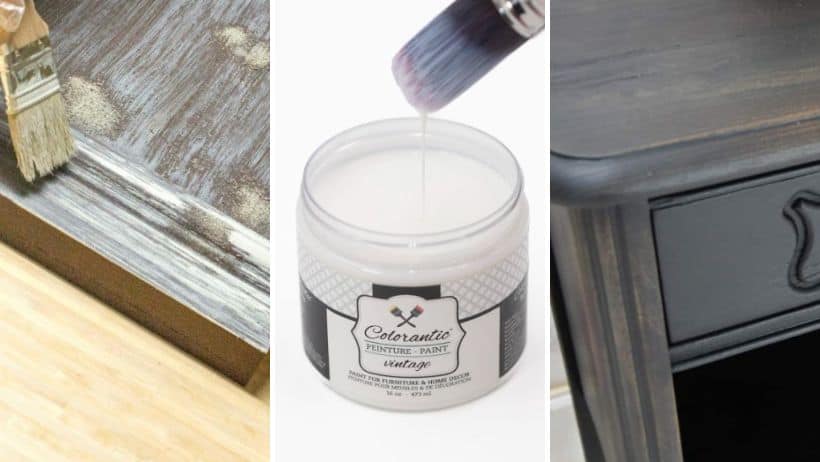
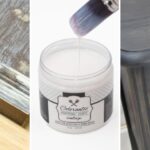
Angela McKenzie
Can you use your glaze over chalk painted furniture that has been waxed ? ??♀️?
Colorantic
Yes but you need to remove the wax with our TSP-E (Cleaner) first, then apply the glaze.